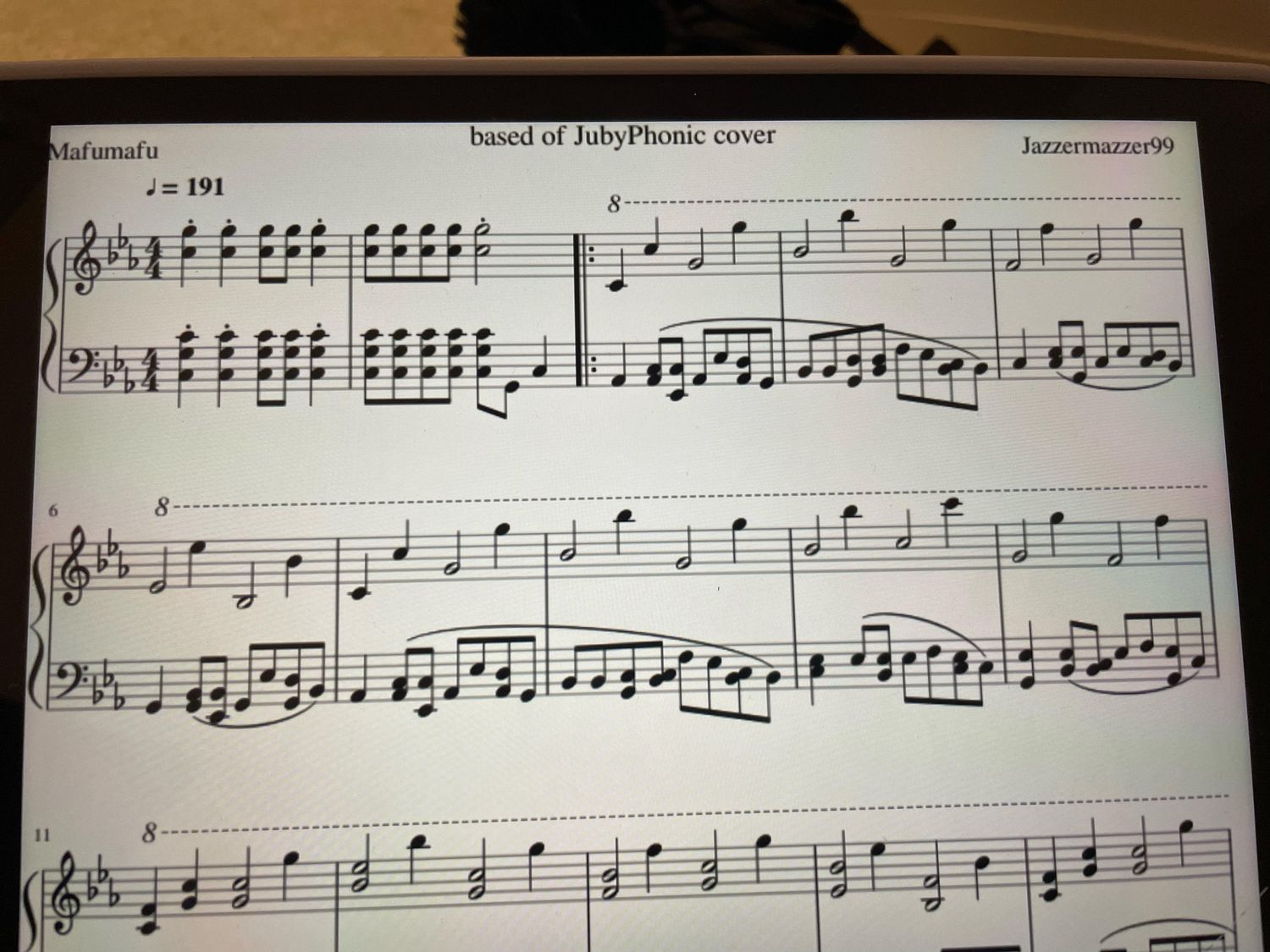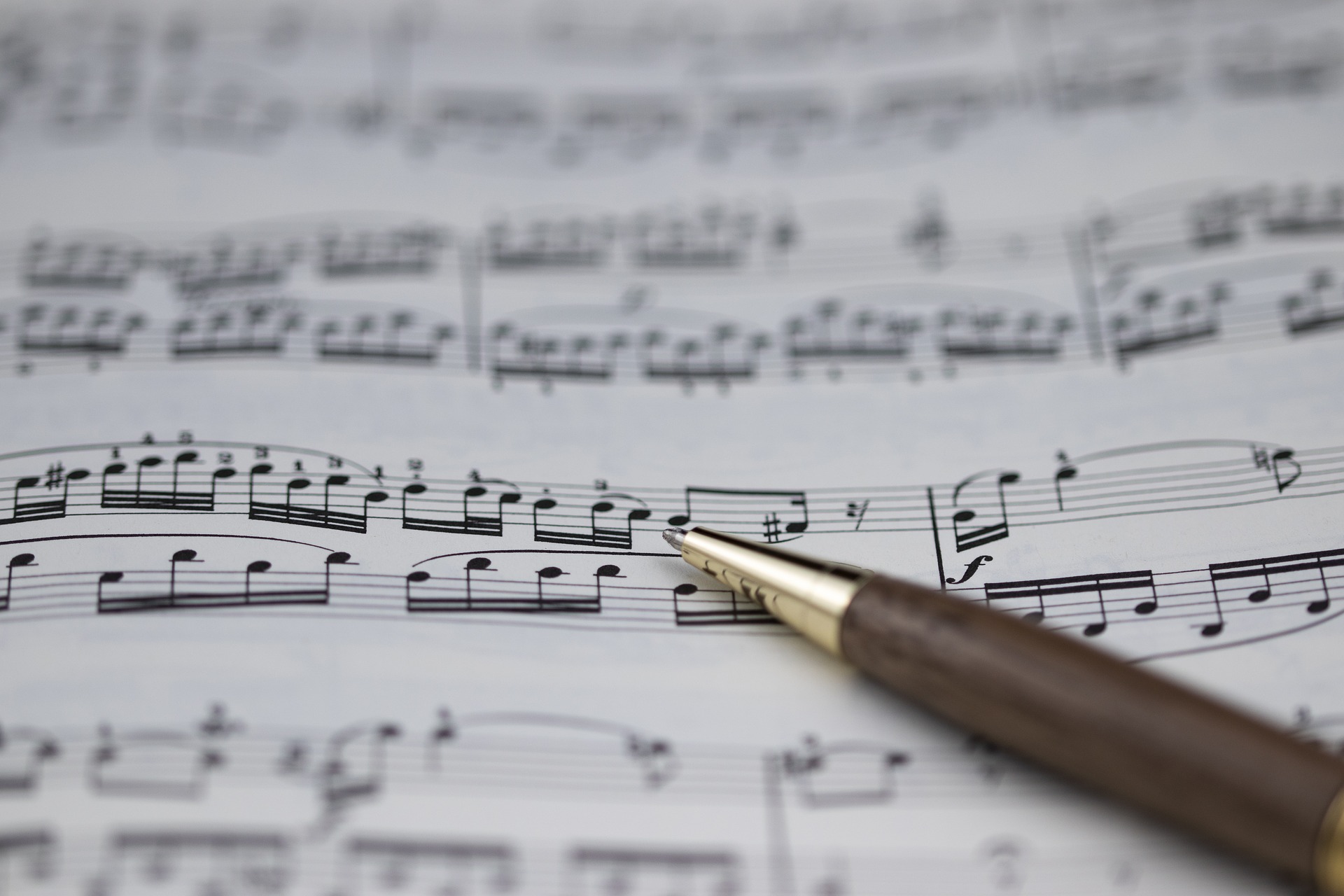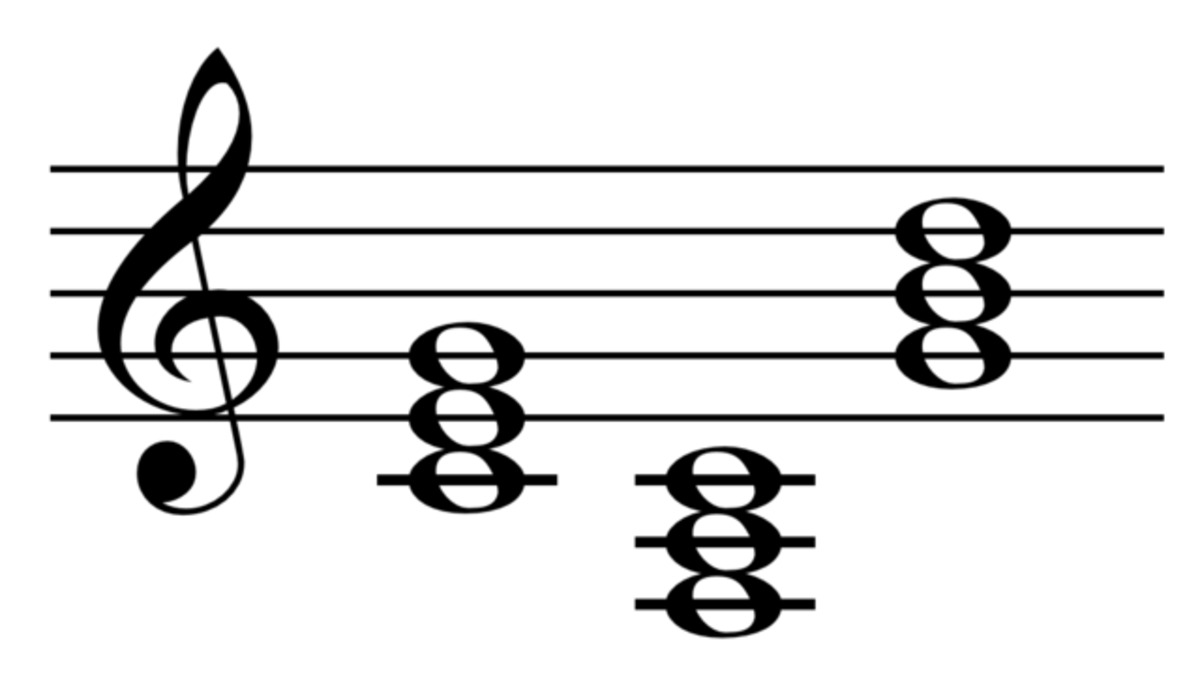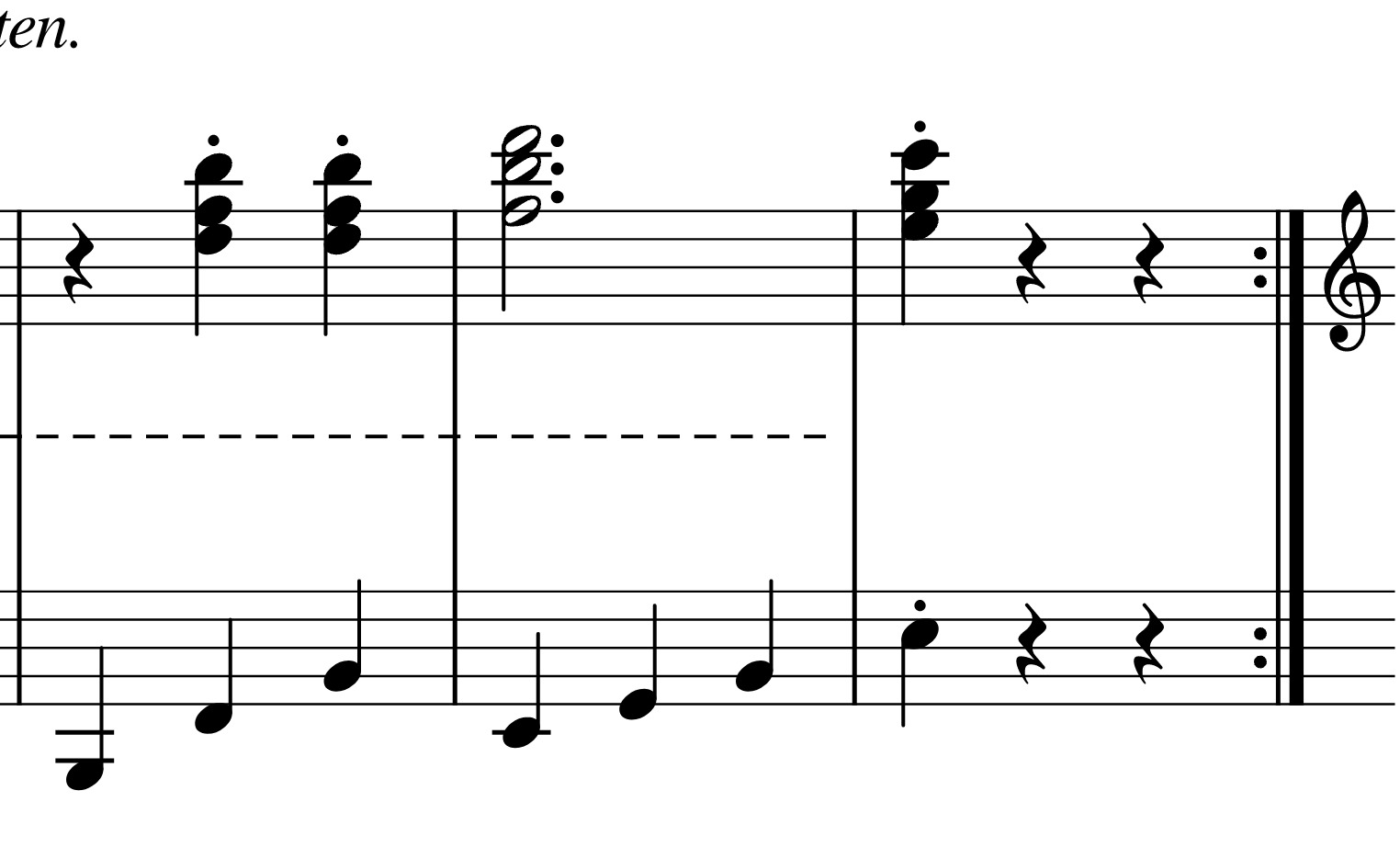Home>Production & Technology>Music Theory>What Is Cadence Music Theory
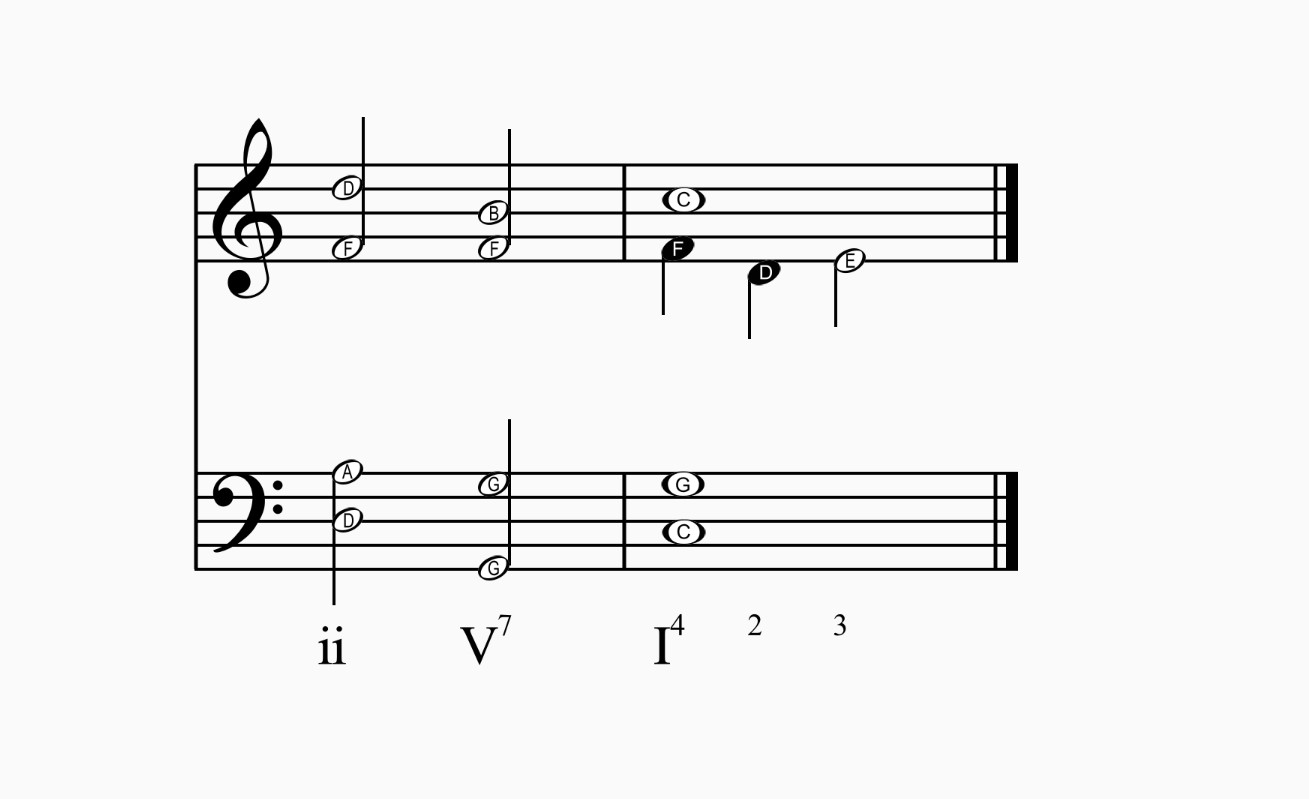

Music Theory
What Is Cadence Music Theory
Modified: January 31, 2024
Learn about cadence in music theory and how it creates a sense of resolution. Find out how to identify and use cadence in your compositions with our comprehensive guide to music theory.
(Many of the links in this article redirect to a specific reviewed product. Your purchase of these products through affiliate links helps to generate commission for AudioLover.com, at no extra cost. Learn more)
Table of Contents
Introduction
Music theory is the foundation on which every musician builds their understanding of how music works. It encompasses various elements such as melody, harmony, rhythm, and structure. One crucial concept in music theory is cadence, which serves as a musical punctuation mark, signaling the end of a phrase or a musical idea. Understanding cadence is essential for composers, performers, and music enthusiasts as it provides a sense of closure and resolution.
In its most basic definition, a cadence is a progression of chords or notes that bring a sense of resolution or finality to a musical phrase. It can be thought of as a musical punctuation mark that helps shape the structure and flow of a piece. Just like punctuation marks in language, cadences provide a sense of direction, creating musical phrases and determining the overall structure of a composition.
Throughout the centuries, composers have used different types of cadences to evoke various emotions and create musical tension and release. From the grandeur of a classical symphony to the infectious groove of a pop song, the use of cadences is fundamental in shaping the musical experience.
In this article, we will explore the different types of cadences, their characteristics, and their importance in music. Whether you are a musician, music student, or simply an avid music lover, understanding cadences will enhance your appreciation and enjoyment of music.
Definition of Cadence in Music Theory
In music theory, a cadence is a sequence of chords or notes that signifies the end of a musical phrase, section, or composition. It provides a sense of resolution, closure, and stability in a musical passage. Cadences act as musical punctuation marks, allowing the listener to anticipate and understand the structure and flow of a piece.
A cadence is typically formed by two chords, referred to as the “final” chord and the “preceding” chord. The final chord is often a tonic or a chord that belongs to the key of the composition, while the preceding chord creates a sense of tension and leads to the resolution provided by the final chord.
Cadences can be classified into different types based on their harmonic progressions and characteristics. Each type of cadence has its own unique sound and emotional effect:
- Authentic Cadence: An authentic cadence is a cadence that creates a strong sense of resolution and is commonly found at the end of a piece or section. It consists of a dominant chord (usually V) resolving to a tonic chord (usually I).
- Plagal Cadence: A plagal cadence, also known as the “Amen” cadence, has a gentle and soothing sound. It involves a progression from a subdominant chord (usually IV) to a tonic chord (usually I).
- Half Cadence: A half cadence creates a sense of pause and suspense. It occurs when a phrase ends on a dominant chord (usually V) without resolving to the tonic chord. This type of cadence is often used to create anticipation or prepare for a subsequent musical idea.
- Deceptive Cadence: A deceptive cadence surprises the listener by deviating from the expected resolution. Instead of resolving to the tonic chord, it resolves to a different chord, often the relative minor. This type of cadence can create a sense of tension and unexpected direction.
These are just a few examples of the many types of cadences found in music. Different composers and musical genres may use variations or combinations of these cadences to create their unique musical expressions.
Next, we will delve deeper into each type of cadence, exploring their characteristics and emotional effects.
Types of Cadences
In music theory, cadences can be categorized into different types based on their harmonic progressions and emotive qualities. Understanding these different cadences will provide insights into the emotional impact they have on the listener. Let’s explore the four main types of cadences:
- Authentic Cadence: The authentic cadence is regarded as the most conclusive and satisfying type of cadence. It brings a sense of finality and resolution to a musical phrase. This cadence involves the progression from a dominant chord (usually V) to a tonic chord (usually I). The dominant chord creates tension, which is then resolved by the tonic chord, establishing a sense of stability and completion. Authentic cadences are commonly found at the end of musical sections or compositions, providing a strong sense of closure.
- Plagal Cadence: The plagal cadence, also known as the “Amen” cadence, has a more gentle and peaceful quality compared to the authentic cadence. It is often used in hymns and religious music. This cadence involves the progression from a subdominant chord (usually IV) to a tonic chord (usually I). The plagal cadence brings a sense of tranquility and solemnity, providing a harmonic resolution that is less abrupt than the authentic cadence.
- Half Cadence: The half cadence, also known as the imperfect cadence, is often utilized to create a sense of temporary pause or suspense. It occurs when a musical phrase concludes on a dominant chord (usually V) without resolving to the tonic chord. The unresolved nature of the half cadence leaves the listener with a feeling of anticipation, as if something more is yet to come. This type of cadence is frequently found in the middle of musical phrases, preparing the listener for the next section.
- Deceptive Cadence: The deceptive cadence deviates from the expected resolution, surprising the listener with an unexpected harmonic progression. Instead of resolving to the tonic chord, it resolves to a different chord, often the relative minor. This unexpected twist creates a sense of tension and surprise. Deceptive cadences are commonly used to create variety and add emotional complexity to a piece of music.
These four types of cadences are fundamental building blocks in music composition, and their strategic use can greatly influence the emotional impact of a piece. By understanding and utilizing these cadences effectively, composers and musicians can manipulate the listener’s emotions and create captivating musical experiences.
Next, let’s take a closer look at each cadence type, exploring their characteristics and how they are utilized in different musical genres.
Authentic Cadence
The authentic cadence is one of the most powerful and satisfying cadences in music theory. It creates a strong sense of resolution and finality, often used at the end of a musical phrase, section, or composition. This cadence is characterized by the progression from a dominant chord (usually V) to a tonic chord (usually I).
The dominant chord, being the fifth chord in a major or minor key, carries a sense of tension and instability. It creates a desire to resolve to the tonic chord, which is the “home” chord of the key. When the dominant chord resolves to the tonic chord, a feeling of release and stability is experienced, concluding the musical statement.
The authentic cadence can be further classified into two forms:
- Perfect Authentic Cadence (PAC): In a perfect authentic cadence, the final chord of the progression is in root position. This creates a strong and conclusive resolution that provides maximum closure and satisfaction to the listener. The perfect authentic cadence is often used at the end of a piece or a significant musical section, signaling the completion of an idea or musical journey.
- Imperfect Authentic Cadence (IAC): In an imperfect authentic cadence, the final chord is not in root position, typically ending with the tonic chord in a different inversion. This cadence still provides a sense of resolution, but with a slightly gentler and less conclusive feel compared to the perfect authentic cadence. The imperfect authentic cadence is commonly used within a piece to mark smaller sections or phrases, offering a momentary sense of closure before moving on to the next musical idea.
The authentic cadence is prevalent in various musical genres. In classical music, it is frequently used to conclude major sections, such as movements in sonatas or symphonies. In jazz, the authentic cadence is an essential part of the harmonic language, often embellished with extended chords and altered tensions. Even in popular music, such as pop, rock, and R&B, the authentic cadence can serve as a powerful tool for creating a sense of resolution and closure.
Overall, the authentic cadence is a cornerstone of musical structure and provides a satisfying resolution for listeners. Its use in compositions helps guide the flow and structure of the music, as well as invoke emotional responses from the audience. With its combination of tension and release, the authentic cadence gives music a sense of purpose and a natural ebb and flow.
Now that we’ve explored the authentic cadence, let’s delve into the next type of cadence: the plagal cadence.
Plagal Cadence
The plagal cadence, also known as the “Amen” cadence, is a cadence that brings a gentle and peaceful resolution to a musical phrase or section. It is often used in religious hymns and has a soothing and solemn quality that evokes a sense of tranquility.
The plagal cadence is formed by the progression from a subdominant chord (usually IV) to a tonic chord (usually I). Unlike the authentic cadence, which relies on the dominant chord to create tension and resolution, the plagal cadence uses the subdominant chord as its primary harmonic force.
This progression creates a subtle shift in tonality, providing a harmonic resolution that is less abrupt compared to the authentic cadence. The subdominant chord, being the fourth chord in a major or minor key, imparts a sense of openness and stability. When it resolves to the tonic chord, a feeling of finality and calmness is achieved.
The plagal cadence is often associated with religious and spiritual music, as it has been used for centuries in hymns and choral compositions. Its peaceful and serene quality makes it particularly suitable for expressing themes of reverence, devotion, and comfort.
While the plagal cadence is commonly used in religious music, it can also be found in other genres. Contemporary pop ballads and some folk songs incorporate elements of the plagal cadence to create a sense of emotional resolution. Its gentle and tranquil nature can add a touch of nostalgia and introspection to a musical piece.
Overall, the plagal cadence serves as a comforting punctuation in music, enhancing the sense of closure and resolution. Its unique harmonic progression creates a distinct emotional response, making it a valuable tool in musicians’ compositions. Whether used in hymns, contemporary music, or any other genre, the plagal cadence brings a sense of solace and peace to the listener.
Now that we have explored the plagal cadence, let’s continue to the next type: the half cadence.
Half Cadence
The half cadence, also known as the imperfect cadence, is a cadence that creates a sense of pause, suspense, and anticipation within a musical phrase. Unlike other cadences that provide a conclusive resolution, the half cadence leaves the musical idea unfinished, often leading the listener to expect further development or continuation.
The half cadence is characterized by ending a phrase or section on a dominant chord (usually V) without resolving it to the tonic chord. The unresolved nature of the dominant chord creates a feeling of tension and a sense that the musical statement is incomplete.
Due to its unresolved quality, the half cadence is commonly used in musical compositions to set up the listener’s expectation for what comes next. It creates a momentary pause, allowing the music to build anticipation and suspense before moving on to the next section or phrase.
While the half cadence can be found in various musical genres, it is particularly prevalent in classical and romantic music. Composers such as Beethoven and Mozart have used the half cadence to great effect in their symphonies and sonatas, creating dramatic shifts in tension and guiding the listener through a musical journey.
In addition to its use in classical music, the half cadence can also be found in jazz, pop, and rock music. In these genres, it serves as a tool to create tension and prepare the listener for the next musical idea or chord progression.
The half cadence can be perceived as a musical cliffhanger, leaving the listener eagerly awaiting the resolution that will follow. It adds a sense of intrigue, unpredictability, and suspense to the music, making it a valuable technique for composers and musicians to create dynamic and engaging musical compositions.
Having explored the concept and effects of the half cadence, let’s now move on to the final type of cadence: the deceptive cadence.
Deceptive Cadence
The deceptive cadence is a cadence that deviates from the expected harmonic resolution, creating a surprising and unexpected twist in the musical progression. It adds a touch of tension, surprise, and emotional complexity to a piece of music.
In a typical deceptive cadence, the progression leads the listener to anticipate a resolution to the tonic chord (usually I). However, instead of resolving to the expected tonic, the deceptive cadence resolves to a different chord, often the relative minor or a chord from a distant key.
This unexpected shift in tonality and resolution creates a sense of surprise and musical tension. By subverting the listener’s expectations, the deceptive cadence can evoke emotional responses such as curiosity, intrigue, and even a sense of longing or melancholy.
The deceptive cadence is commonly used as a compositional tool to add variety, contrast, and emotional depth to a musical piece. It can be found in a range of musical genres, including classical, jazz, and even popular music.
In classical music, composers like Franz Joseph Haydn and Johannes Brahms often employed deceptive cadences to create dramatic turns and narrative twists in their compositions. In jazz, the deceptive cadence allows for harmonic exploration and unexpected tonal shifts that contribute to the improvisational nature of the genre. In popular music, artists utilize deceptive cadences to add interest and surprise to their chord progressions, enhancing the emotional impact of the songs.
By strategically incorporating deceptive cadences, composers can guide the listener through a musical journey filled with unexpected twists and turns. These cadences can inject moments of tension, resolution, and surprise, ultimately enriching and captivating the listener’s experience.
With its ability to subvert expectations and create emotional complexity, the deceptive cadence showcases the power of musical composition and how harmonic choices can profoundly impact the listener’s perception and engagement with the music.
Now that we have explored the four main types of cadences, including the authentic cadence, plagal cadence, half cadence, and deceptive cadence, let’s move forward to understanding the significance of cadences in music.
Cadence Progression in Different Musical Genres
Cadences play a vital role in shaping the characteristic sound and emotional expression of different musical genres. While the basic principles of cadences remain consistent, their usage and stylistic variations can differ significantly across genres. Let’s explore how cadence progressions are utilized in various musical genres:
- Classical Music: In classical music, cadences are often used to mark the end of musical phrases or sections, providing a sense of resolution and closure. Authentic cadences, particularly perfect authentic cadences, are commonly used at the end of major sections, while imperfect cadences create temporary pauses and build anticipation. Composers like Mozart, Beethoven, and Bach employed cadences strategically to create symmetrical structures and guide listeners through complex musical forms.
- Jazz: In jazz, cadence progressions allow for harmonic exploration and improvisation. The use of extended chords, altered chords, and modal interchange gives jazz cadences a sophisticated and complex character. Jazz musicians often utilize various cadence types, including authentic, plagal, and deceptive cadences, to create tension and release, leading to unexpected chord resolutions and tonal shifts.
- Pop and Rock: In popular music, cadences contribute to the melodic and harmonic structure of songs. Authentic and half cadences are widely used, providing hooks and moments of resolution. Pop and rock songs often utilize repetitive chord progressions, with cadences like the dominant-tonic progression serving as strong resolution points. The use of deceptive cadences can add an element of surprise and freshness to the harmonic progression.
- Blues: In blues music, cadences are essential in creating the characteristic “bluesy” sound. The use of dominant seventh chords and blues progressions, such as the I-IV-V progression, creates a specific tonal quality. The resolution from the dominant chord to the tonic chord provides a distinct sense of resolution and closure, forming the foundation of the blues aesthetic.
- Folk and Country: Cadences in folk and country music often reflect the simplicity and honesty of these genres. Plagal cadences, with their gentle resolution, are commonly used, evoking a sense of nostalgia and warmth. These genres often feature acoustic instruments and heartfelt lyrics, and cadences contribute to the overall emotional impact of the songs.
These are just a few examples of how cadences are utilized in different musical genres. Each genre incorporates cadences in unique ways, reflecting the expressive qualities and musical conventions associated with that style. The choice and arrangement of cadences contribute to the overall mood, structure, and impact of the music.
Now that we have explored the role of cadences in different musical genres, let’s delve into the importance of cadences in music as a whole.
Importance of Cadence in Music
Cadences are of utmost importance in music as they provide structure, emotion, and resolution to musical phrases and compositions. By understanding the significance of cadences, musicians and composers can create compelling and engaging musical experiences for their audiences. Here are some key reasons why cadences are important in music:
Structural Framework: Cadences serve as the building blocks of musical structure. They mark the end of phrases, sections, and movements, providing a sense of closure to musical ideas. Cadences help organize and shape the overall form and flow of a composition, guiding the listener through its various parts.
Emotional Expression: Cadences have the power to evoke different emotions in the listener. A well-placed authentic cadence can create a feeling of resolution and contentment, while a deceptive cadence introduces surprise and complexity. The choice and arrangement of cadences can greatly influence the emotional impact and message of a musical piece.
Tension and Release: Cadences play a crucial role in creating musical tension and release. The dominant chord in an authentic cadence, for example, builds tension that is later resolved by the tonic chord, providing a satisfying release. The interplay between tension and release created by cadences adds depth and interest to the music, enhancing the overall listening experience.
Musical Punctuation: Just as punctuation marks are essential in written language, cadences act as musical punctuation marks, indicating pauses and the end of musical phrases. They provide clarity, helping the listener follow the musical narrative and understand the structure of the composition.
Audience Engagement: Cadences can captivate and engage listeners by creating moments of anticipation and resolution. They offer a sense of familiarity and satisfaction when used skillfully, allowing the audience to connect with and appreciate the musical journey.
Genre Identification: Cadences help define the stylistic characteristics of different musical genres. Whether it’s the authentic cadences of classical music, the bluesy resolution of blues music, or the catchy progressions in pop music, the presence and usage of specific cadences contribute to the identification and recognition of various genres.
The importance of cadences in music cannot be overstated. They provide structure, emotional depth, and engagement for both musicians and listeners. Whether composing, performing, or simply appreciating music, understanding cadences allows one to navigate the intricacies of a piece and fully experience its musical intentions.
Now, let’s conclude our exploration of cadences in music.
Conclusion
Cadences are an integral part of music theory and composition, serving as the punctuation marks that shape the rhythm, structure, and emotional impact of a piece. From the authentic cadence’s conclusive resolution to the plagal cadence’s gentle serenity, from the half cadence’s temporary pause to the deceptive cadence’s unexpected twist, each type of cadence brings its own unique expression and significance to the music.
Understanding cadences allows musicians and composers to create compositions that engage and captivate their listeners. By strategically utilizing cadences, they can guide the listener through a journey of tension, release, and emotional expression. Cadences provide structure and organization, helping listeners follow the narrative of a composition and appreciate its full artistic intent.
Moreover, cadences play a crucial role in different musical genres, enabling composers to weave together the distinctive sounds and characteristics of each style. Whether it’s the symphonic grandeur of classical music, the improvisational nature of jazz, or the emotive storytelling of blues and folk, cadences contribute to the genre’s identity and provide a framework for expressive musical exploration.
In conclusion, studying and understanding cadences in music theory allows for a deeper appreciation and connection with both the creative process and the listener’s experience. Cadences shape the ebb and flow of music, providing moments of resolution, surprise, and emotional impact. They are the musical punctuation marks that guide us through a composition’s structure, communicating the composer’s intentions and evoking powerful emotions within us.
Whether you’re a musician, a music student, or an avid listener, exploring and recognizing the various types of cadences will enhance your understanding and enjoyment of music. So, keep listening, creating, and appreciating the beautiful cadences that make music a truly remarkable and powerful art form.



